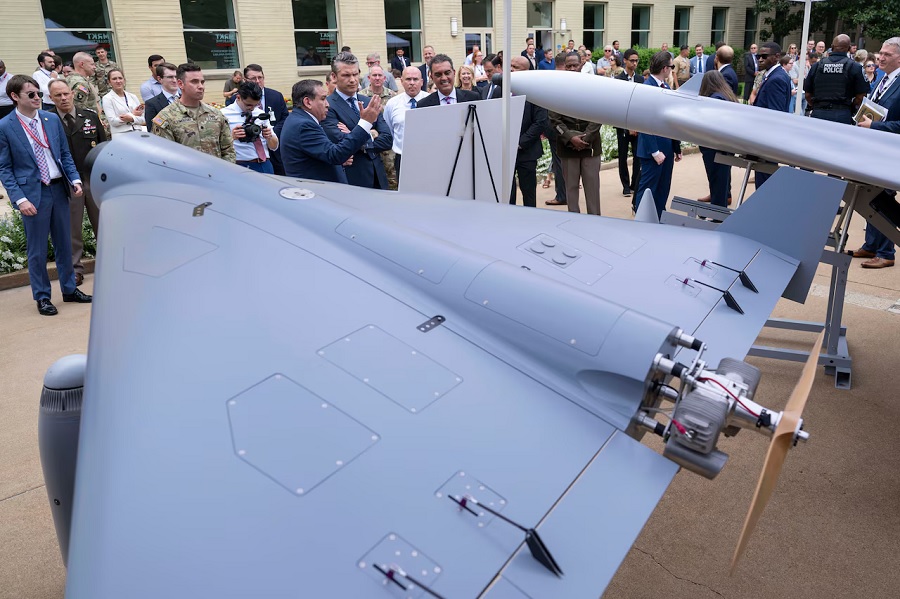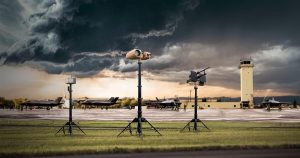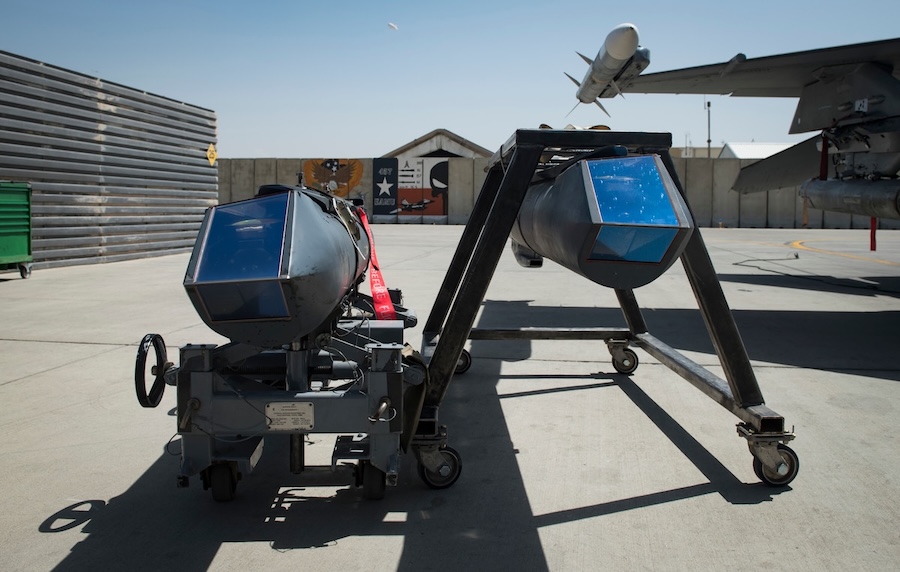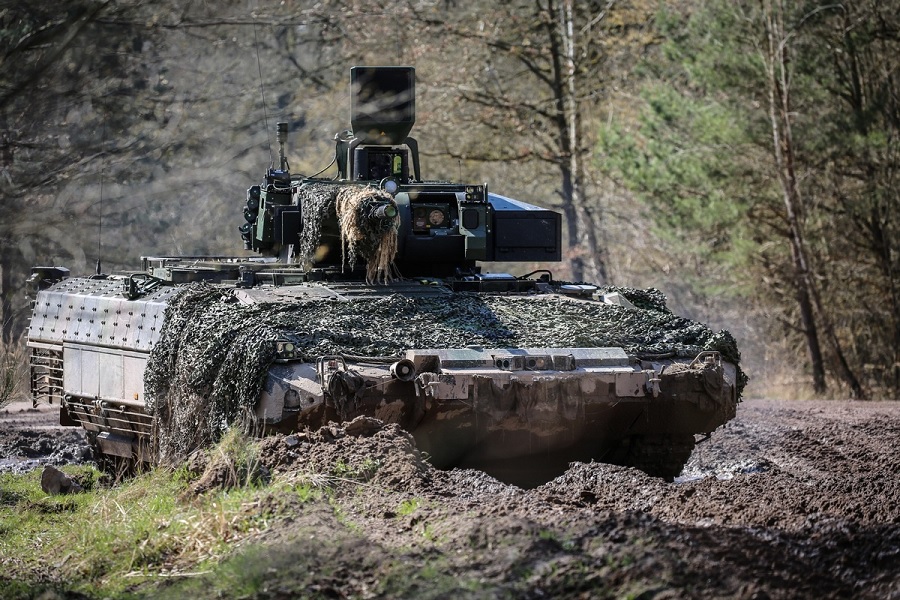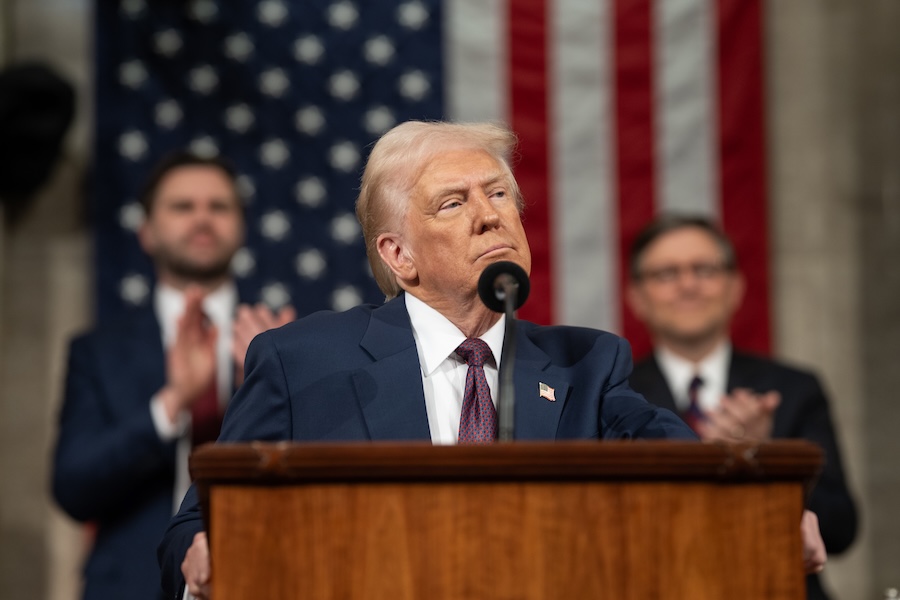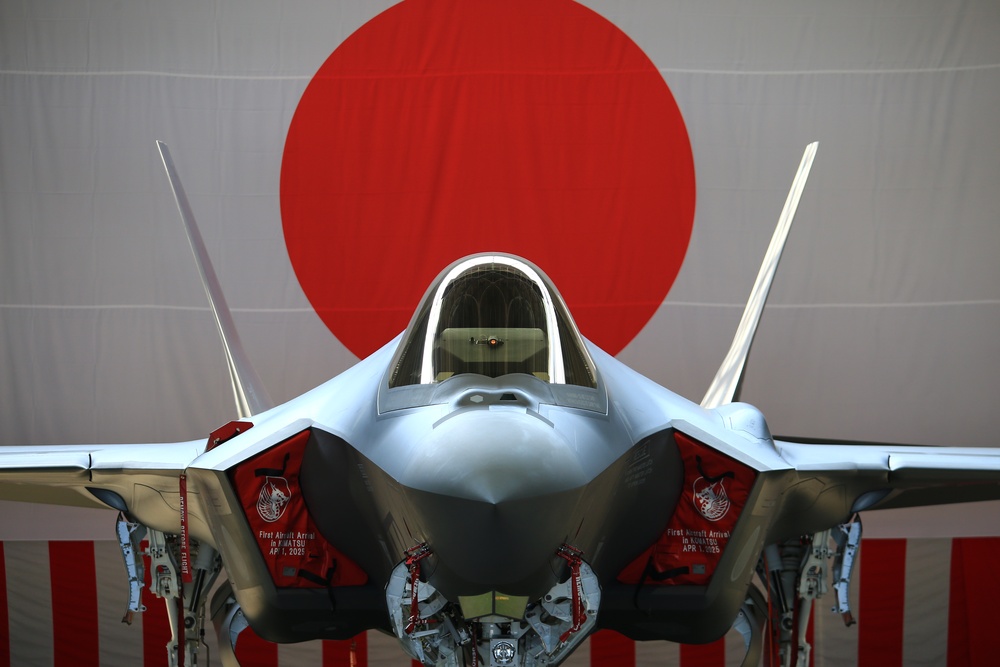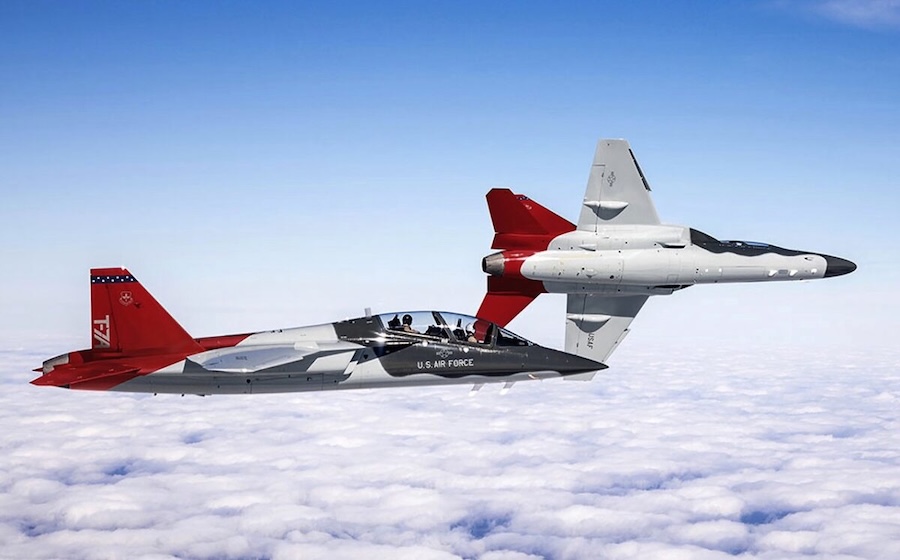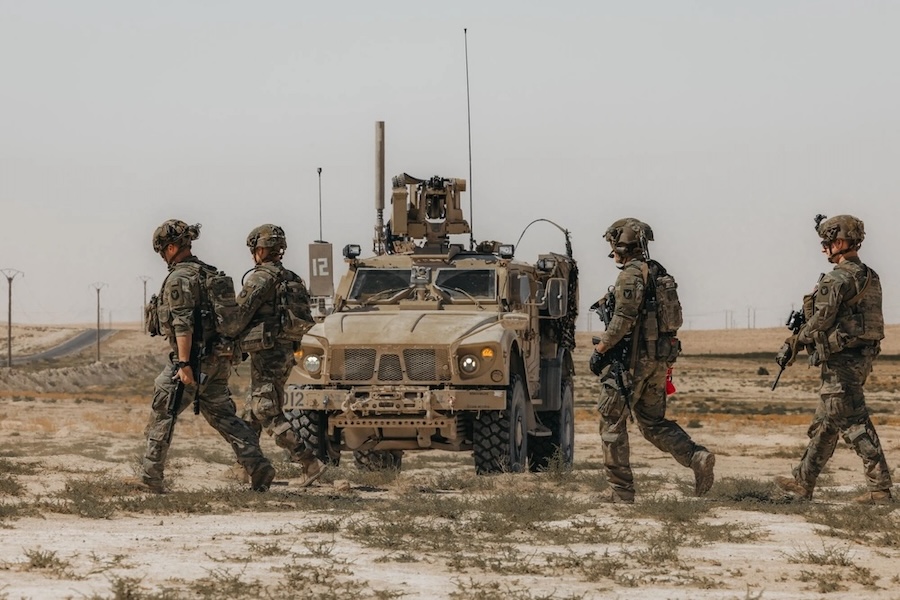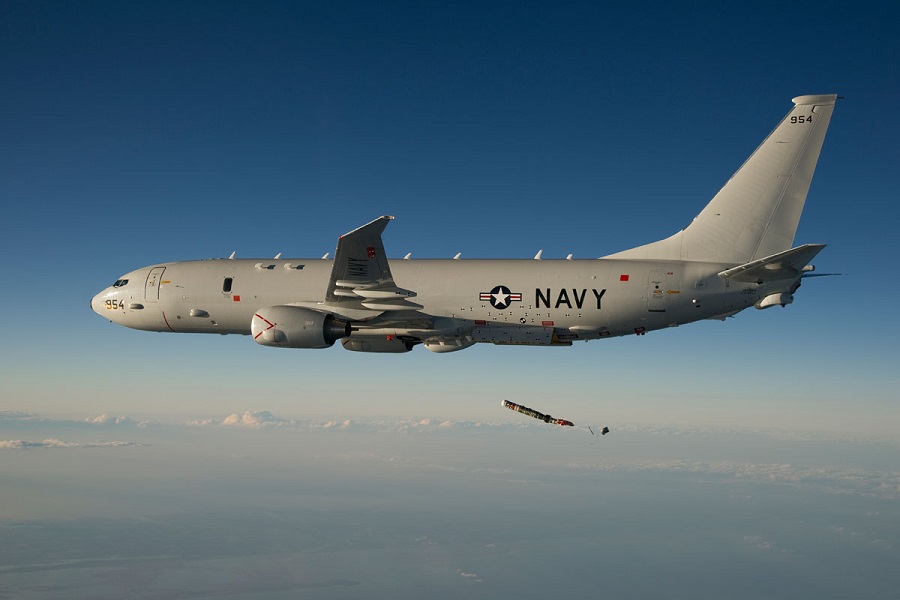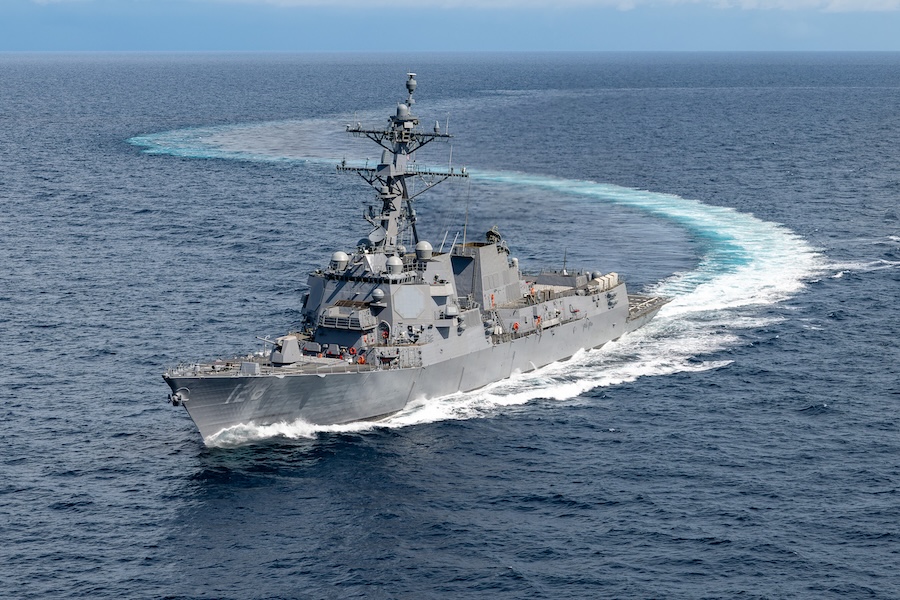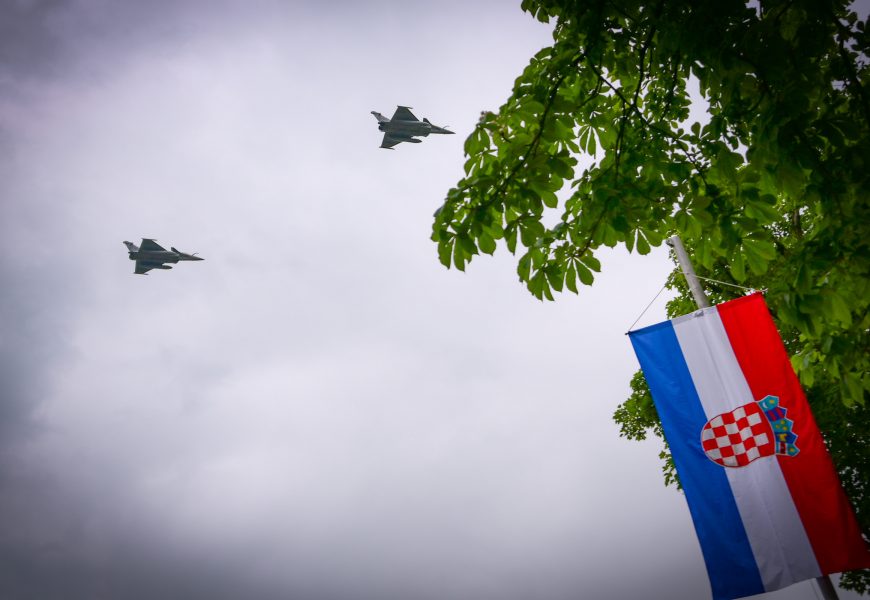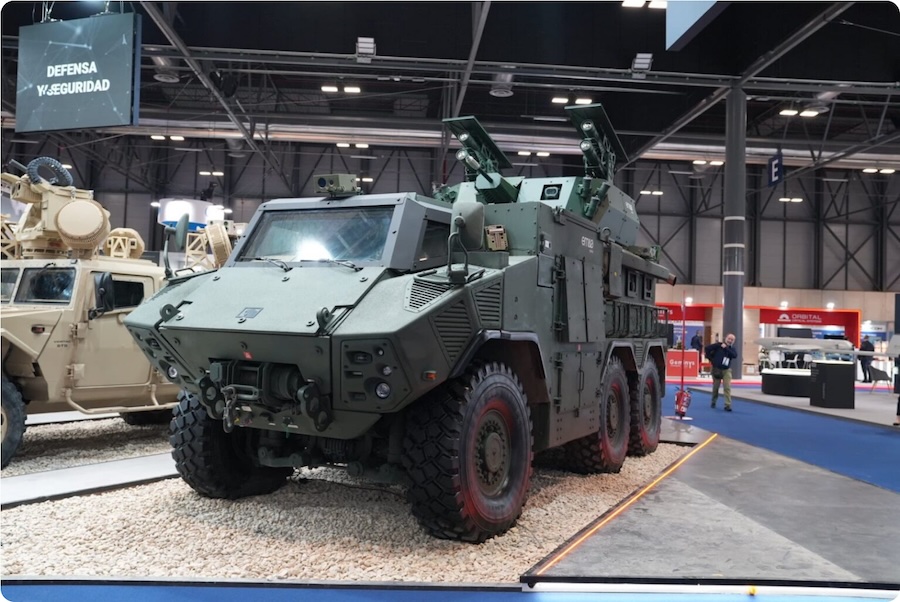Eighteen prototypes of American-made drones were showcased at the Pentagon on 16 July, highlighting advances in rapid development and design. The systems use off-the-shelf components, allowing for faster production cycles and reduced costs.
Defence Secretary Pete Hegseth, who toured the display, described the featured drones as “examples of disruptive thinking.” He stated in a 10 July memorandum that previous restrictive policies hampering drone production are now being rescinded.
“Drones are the biggest battlefield innovation in a generation, accounting for most of this year’s casualties in Ukraine,” Hegseth said. “Our adversaries collectively produce millions of cheap drones each year,” he added, warning that the U.S. currently lacks sufficient quantities of lethal small drones.
Emil Michael, undersecretary of defence for research and engineering, noted the displayed drones moved from concept to prototype in just 18 months on average—a process that typically takes up to six years. He said future innovation and scaling efforts will be driven by the key metrics of cost, resilience, firepower, and range.
Three key goals were outlined for the Pentagon’s strategy: prioritising the purchase of American-made drones and components through private capital; supplying combat units with low-cost systems built by U.S. engineers and AI specialists; and enhancing training through realistic combat scenarios led by assertive commanders.
President Donald J. Trump signed an executive order on 6 June to expedite drone production using advanced commercial technologies. He affirmed support for reducing regulatory barriers and streamlining approval and certification processes for secure drone manufacturing.



